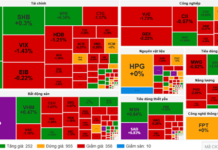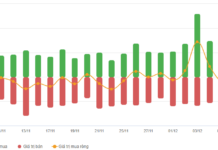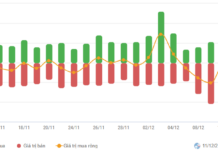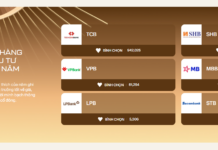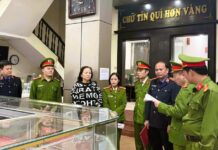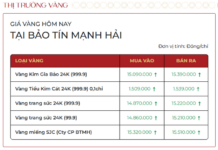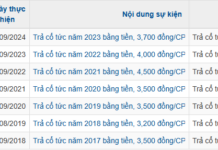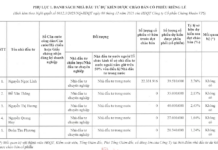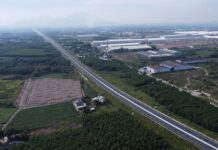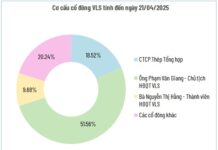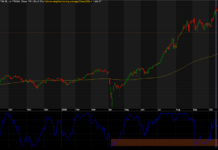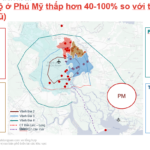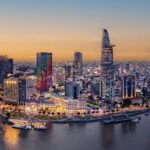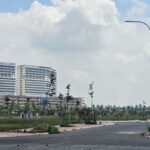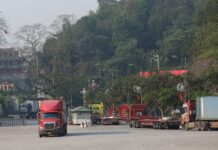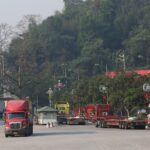On October 21, the Ho Chi Minh City People’s Committee submitted a proposal to Prime Minister Pham Minh Chinh and Deputy Prime Minister Tran Hong Ha, outlining an investment plan for a metro line connecting Tan Son Nhat International Airport (Ho Chi Minh City) and Long Thanh International Airport (Dong Nai Province).
According to the Ho Chi Minh City People’s Committee, the most feasible connection between the two airports is through Metro Line No. 2 (Tham Luong – Ben Thanh, Ben Thanh – Thu Thiem) and the Thu Thiem – Long Thanh railway. This route offers the most favorable conditions for early implementation.
Specifically, the Ben Thanh – Tham Luong segment (approximately 12 km) has completed land clearance and is expected to commence construction in 2025, with completion slated before 2032.
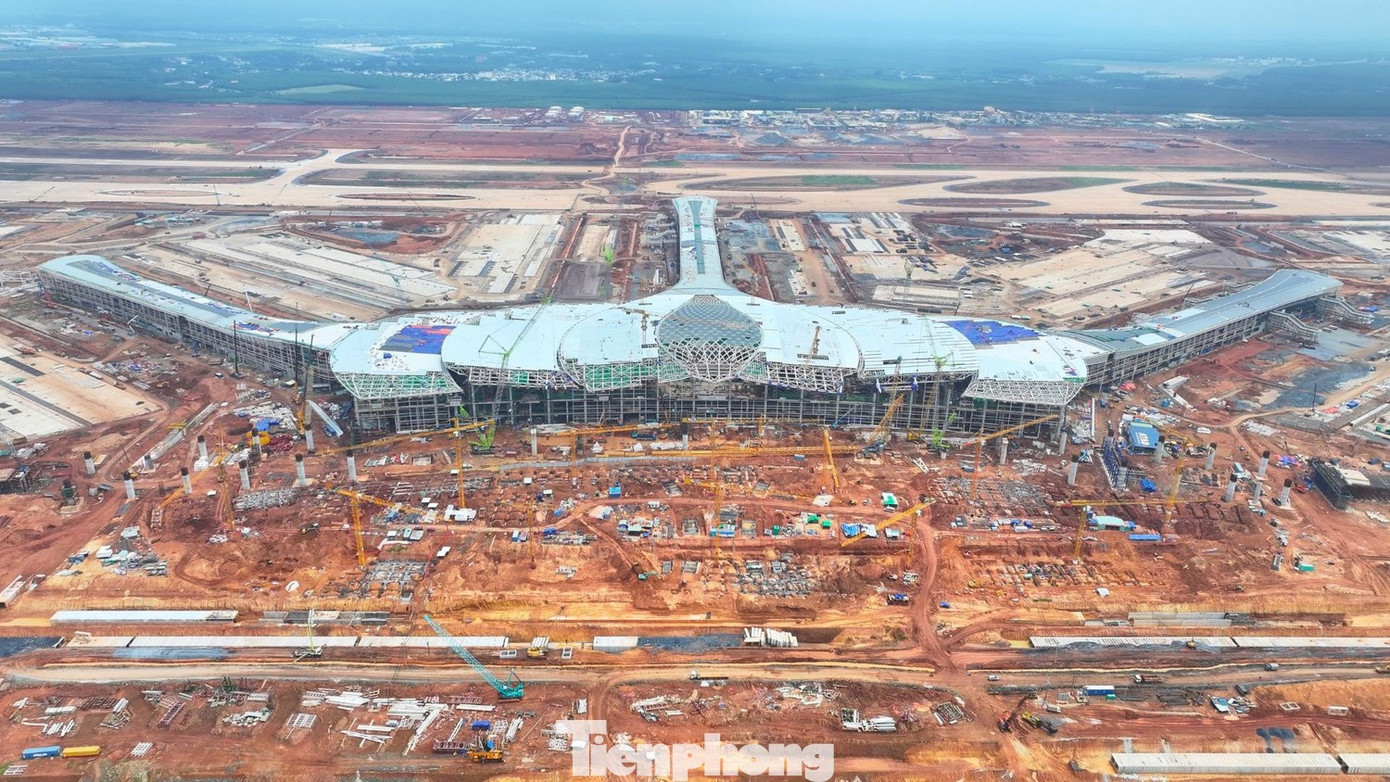
Long Thanh International Airport is currently under construction. Photo: ACV
At Ba Queo Station, Truong Chinh Street and Tan Ky – Tan Quy Street are being studied for expansion, with completion expected by 2029. This will facilitate passenger transfer from Tan Son Nhat Airport Station to Ba Queo Station.
The Ben Thanh – Thu Thiem segment (approximately 6 km) is planned to run underground along major traffic axes such as Ham Nghi Street and Mai Chi Tho Street. This route benefits from favorable land clearance conditions, allowing for swift implementation.
Meanwhile, the Thu Thiem – Long Thanh line will largely follow the HCMC – Long Thanh – Dau Giay Expressway corridor and Ring Road 3, which are primarily vacant lands. In Dong Nai Province, the line will run along the median strip of Provincial Road 25B, ensuring smooth land clearance and rapid deployment.
The Ho Chi Minh City People’s Committee highlights the route’s advantage in connecting central HCMC via Ben Thanh Station, a hub for Metro Lines No. 1, 2, 3, and 4.
Additionally, Metro Line No. 6, directly linking the three terminals of Tan Son Nhat Airport (T1, T2, T3), will connect with Metro Line No. 2 at Ba Queo Station and the Thu Thiem – Long Thanh railway. This will create an additional transport corridor between the two airports, reducing congestion in central HCMC.
The Ho Chi Minh City People’s Committee urges the Government to prioritize and expedite the implementation of Metro Lines No. 2 and No. 6, as well as the Thu Thiem – Long Thanh railway. The city also proposes to coordinate with Dong Nai Province to handle necessary procedures, as directed by Deputy Prime Minister Tran Hong Ha in Document No. 8886 dated September 19, 2025.
Once the relevant planning for the Thu Thiem – Long Thanh railway is approved, HCMC will promptly collaborate with relevant agencies to seek approval for its inclusion in the project list accompanying National Assembly Resolution No. 188.
Furthermore, HCMC will proactively explore investment options and engage capable investors and contractors to participate in the project through public-private partnerships, ensuring swift and effective implementation.
Unlocking Maritime Tourism Potential: Ho Chi Minh City Collaborates to Overcome Challenges
On the afternoon of October 23rd, during a press conference addressing Ho Chi Minh City’s socio-economic developments, Ms. Nguyen Thi Thanh Thao, Head of the Tourism Resource Development Planning Department (Department of Tourism), announced that the city is piloting the reception of international cruise ships at the Cai Mep – Thi Vai port area.
Surprising Discovery: Prime Area in Ho Chi Minh City’s “Super Metropolis” Offers Condos at Just $1,736 per Square Meter
According to Batdongsan.com.vn, apartment prices in Phu My currently range between 35–40 million VND per square meter. In contrast, former Thu Duc district commands higher rates of 80–150 million VND/m², Di An falls within 50–80 million VND/m², and Thuan An ranges from 45–70 million VND/m².

